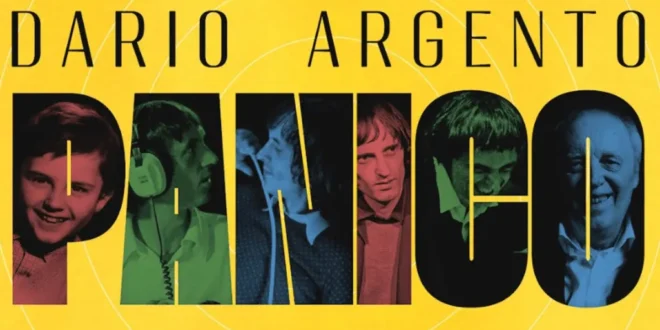“I make cinema because I want to be loved.” A profound statement from one of the most revered filmmakers in history and the enigmatic subject of director Simone Scafidi’s latest endeavor, Dario Argento Panico. For those that may be new to discovering who Argento is, he is responsible for some of the most celebrated additions including Suspiria, Opera, Tenebrae, and Deep Red, as well as producing fellow favorites Demons, and The Church.
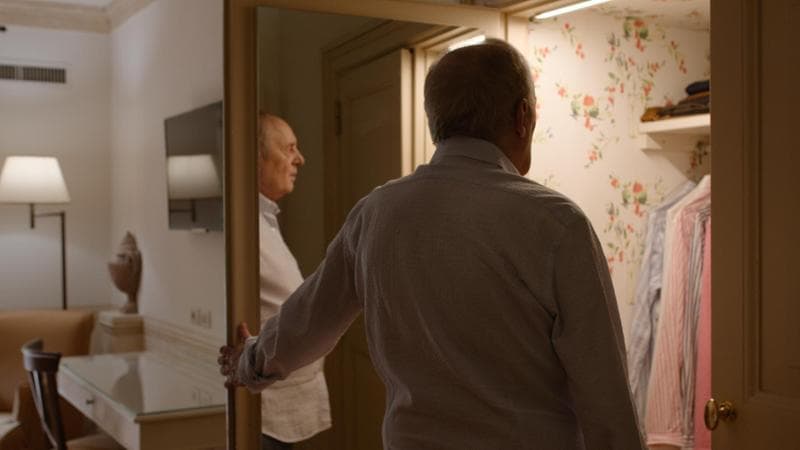
Before taking on one of giallo’s posterchildren, Simone Scafidi made Fulci for Fake (2019) and focused on Italian gore maestro, Lucio Fulci, in the first ever biopic about the filmmaker. Here in Panico, Scafidi sets Argento in one of the legend’s preferred locations – a hotel room – as he attempts to write a new script. Argento gently criticizes Scafidi about the bourgeois accommodations and its fellow guests but settles into soft spoken recollection about memories of his mother, who was a rather famous photographer and collected wonderful images of some of the most beautiful women of the time. Argento admits his time as a young boy in his mother’s studio taught him something special – the ability to capture a woman’s beauty on camera. Scafidi includes intimate members of Argento’s family to chime in on the different chapters of his life including sister Floriana, first wife Marissa, and daughters Asia and Fiore.
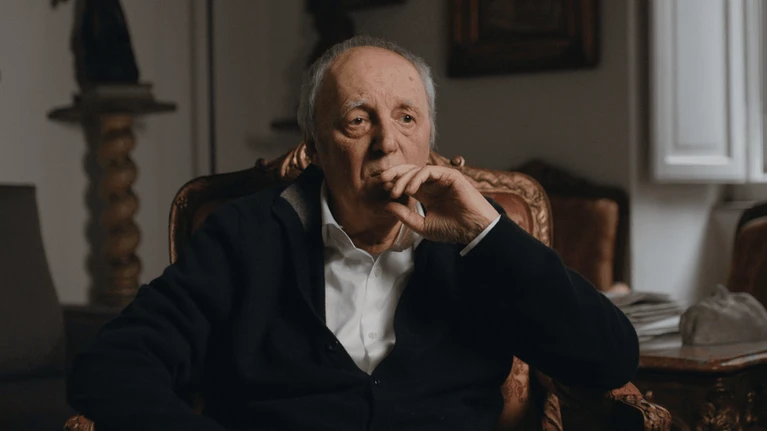
The documentary opens with Nicholas Winding Refn (Drive, Only God Forgives, Neon Demon) discussing how important an artist Dario is, comparing him to a painter, which if you stop to think, is very valid. The man has crafted unique works of art that continue to be a source of inspiration and embody his chosen genre significantly. His brand of technicolor terror has touched generations, earning both serious admiration and criticism. Longtime musical collaborator Claudio Simonetti, along with fellow auteurs Guillermo del Torro (The Shape of Water, Crimson Peak), Michele Soavi (Cemetery Man, The Sect), Lamberto Bava (Demons, A Blade in the Dark), and Gaspar Noé (Irréversible , Climax), go all in sharing what makes Dario such a force to be reckoned with. Scafidi doesn’t shy away from provocative inquiries either, insisting on asking Argento about his relationship with Daria Nicolodi then eventually shifting his focus onto daughter Asia, who speaks candidly about “the elephant in the room” (Suspiria) in addition to discussing the immense pleasure of collaborating with her father as an artist.
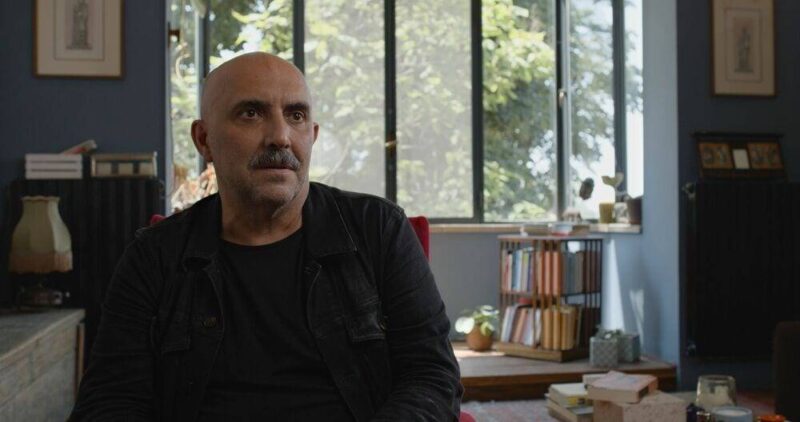
I hoped for Dario Argento Panico to dive deeper, but I in no way walked away dissatisfied. The film is thoughtful, at times tender, and serves as a sturdy bookend to the extensive library of dedicated work Dario has brought into existence. His films have been endlessly critiqued, supported, and ridiculed, and even those closest to him and who have worked alongside him still struggle to answer the question, “who is Dario Argento?” Panico doesn’t answer this question, but it most certainly provides some wonderful insight and is worth a gander for genre fans.
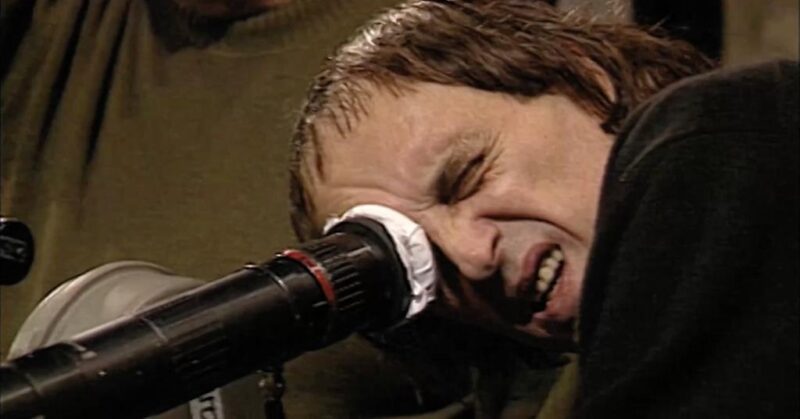
Dario Argento Panico arrives on Shudder February 2nd. To celebrate the release of the documentary, Shudder and the IFC Center will present a thirteen-film retrospective, “Panic Attack: The Films of Dario Argento” from January 31st through February 8th in New York City.
 PopHorror Let's Get Scared
PopHorror Let's Get Scared
